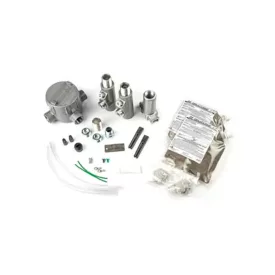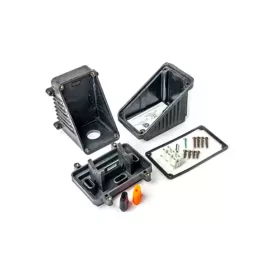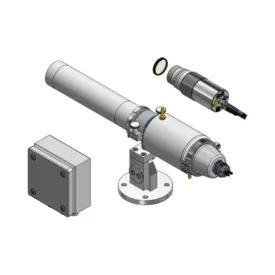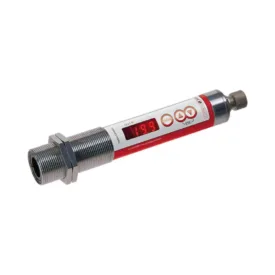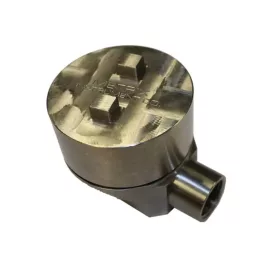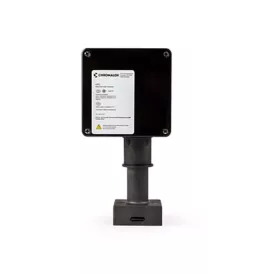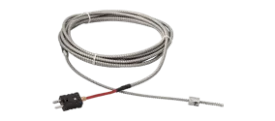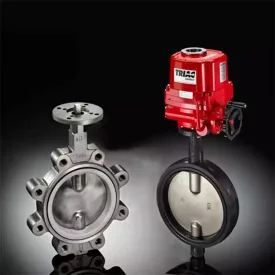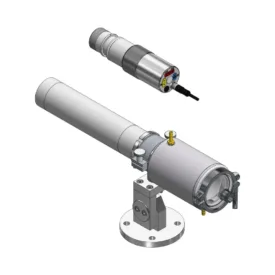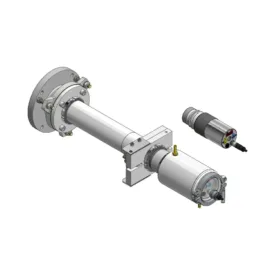
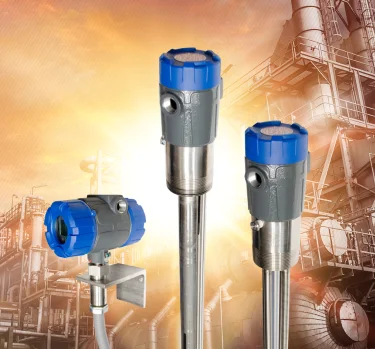
Genesis - ED1 & ED2 Multiphase Detector
Powerful and cost effective is the effective solution for measuring total level, emulsion layers and sediment through a single point in the vessel.
know the line MagnetrolTemperature line
by brand

Adding value, security and financial results, since 1994.
We are a national and international reference and one of the most remembered companies in our field. We work to improve efficiency and reduce costs in the chain where they will be applied, thus making our customers' products better and more accessible to the market as a whole.
know our history view our productsControl and Measurement
We have the complete solutions
Our experts will assist you in your control process
As we have done with numerous companies from various parts of the globe
Talk to an expertSee now how our products can directly impact your operation:
How much does it cost to heat your process to 1 C?
We will help you save because of our accuracy, click the button below, access our calculator and see how much our products will contribute to your business.
Access the calculatorFind out how much money you can save using Magnetrol’s GWR®
Our precision will contribute directly to the economy in your processes. Calculate below how much savings you will generate using Magnetrol’s GWR®
Access the calculator

